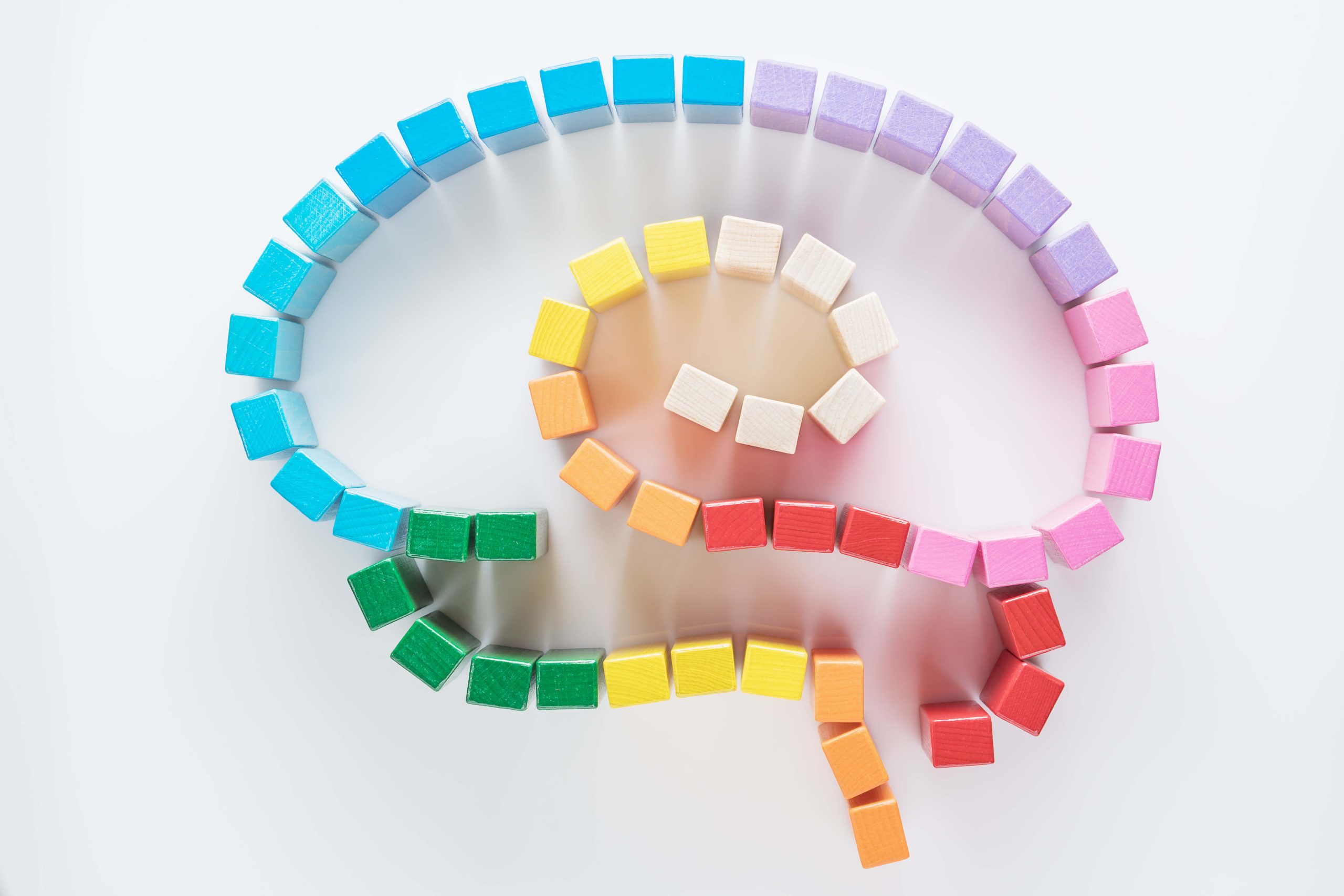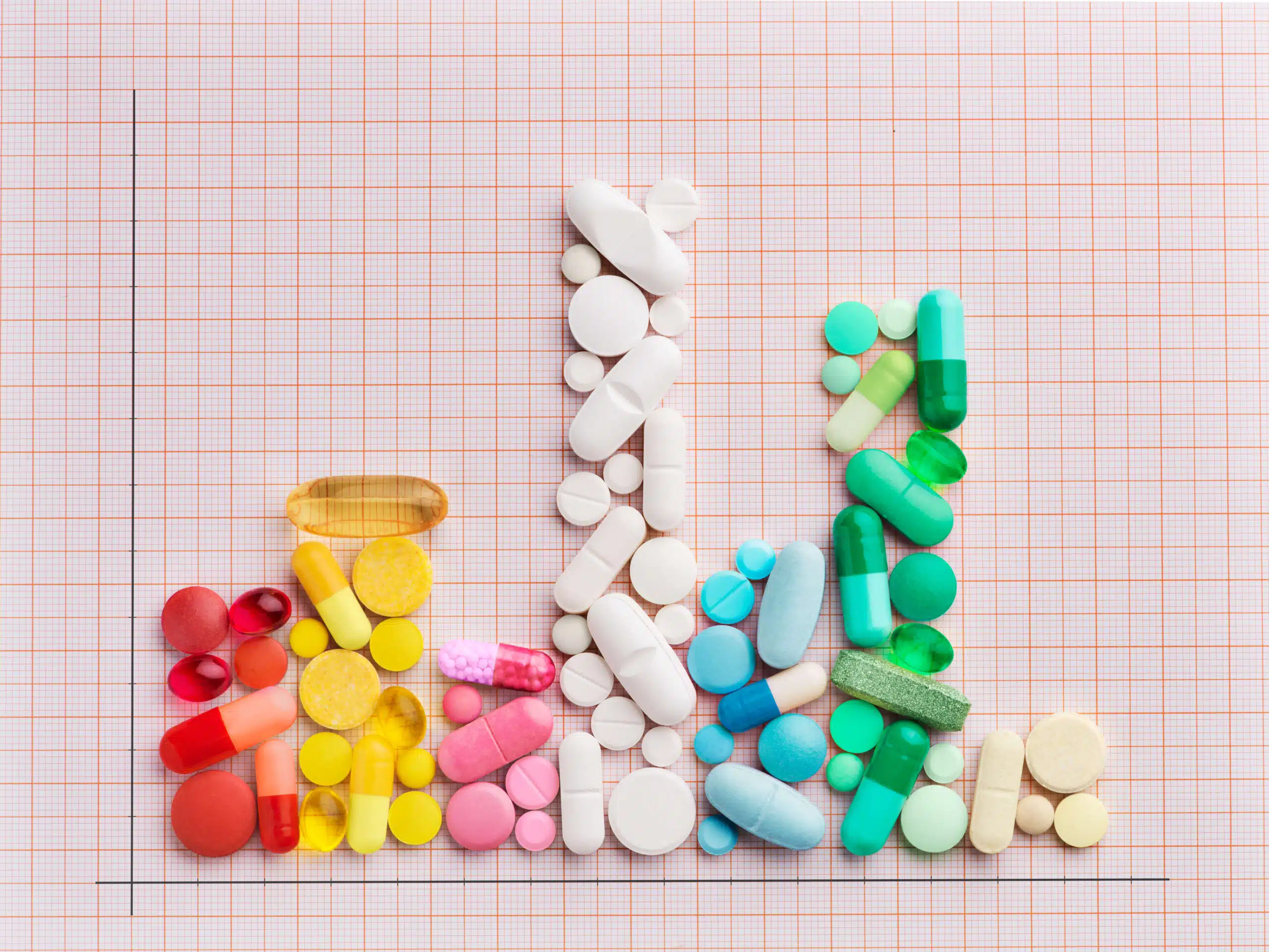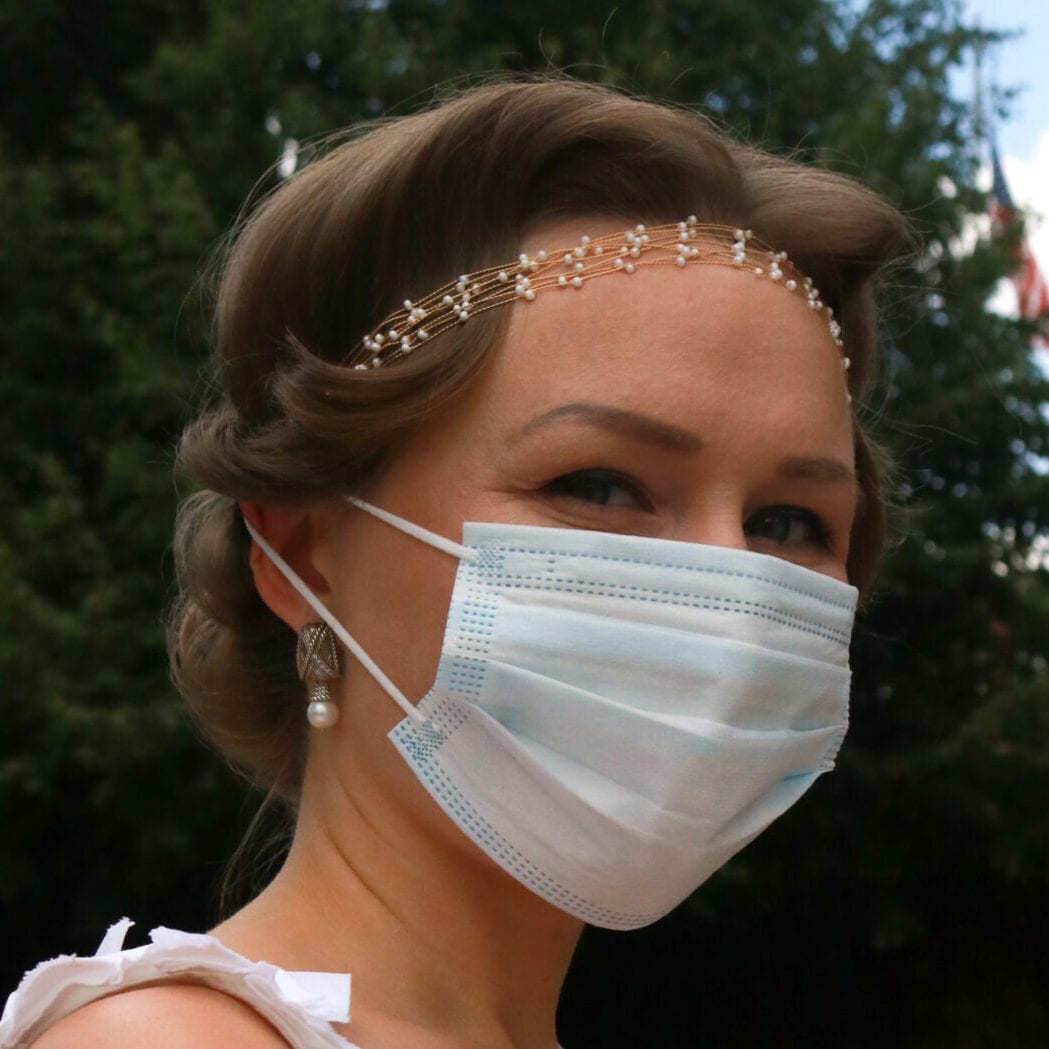Classification Of Drugs: Drug Types & PDF To Download
Drugs can be grouped together in different ways – by the way they affect the body, how they are used or where they are prescribed and controlled. It’s valuable to understand the pharmacology classification of drugs, and specifically the risks and side effects. Additionally, it helps recognize addiction in loved ones. There is a wide range of substances, and unfortunately, more people struggle with substance use disorder every day. And, even though addiction is overwhelming, it is possible to find recovery.

What is the Purpose of Drug Classification?
The purpose of drug classification is to ensure drug use is safe and beneficial for the patient. Each time a drug is used, people’s body chemistry is changed. Drugs are meant to be helpful, but they can be harmful. Sadly, taking multiple drugs can change body chemistry so much it makes drugs less useful. Above all, it makes side effects more severe. That’s why it is vital to understand the pharmacology classification of drugs, and the risks and side effects.
Pharmacology Classification of Drugs By Chemical Similarities
Chemical similarities classify drugs because they often have the same impact and risks. A drug-dependent person is also likely to misuse drugs with chemical similarities. Additionally, chemically similar drugs often have the same effects in treatment:
- Alcohol
- Opioids
- Benzodiazepines
- Cannabinoids
- Barbiturates
Pharmacology Classification of Drugs Based on Effects
Different types of drugs affect people differently. Nonetheless, drugs may be categorized or classified according to certain shared symptomatologies or effects. For example, one drug makes a person energetic. However, another drug makes them relax.
- Central Nervous System (CNS) Depressants (slow down the operations of the brain and the body)
- Stimulants (accelerate the heart rate and elevate the blood pressure and “speed-up,” or over-stimulate, the body)
- Hallucinogens (cause the user to perceive things differently than they actually are)
- Dissociative Anesthetics (inhibit pain by cutting off or dissociating the brain’s perception of the pain)
- Narcotic Analgesics (relieve pain, induce euphoria, and create mood changes in the user)
- Inhalants (breathable substances that produce mind-altering results and effects)
- Cannabis (the scientific name for marijuana, includes cannabinoids and synthetics like Dronabinol)
Pharmacology Classification of Drugs by Legal Definition
In 1970 the federal government passed the Controlled Substance Act. It was in response to the drug epidemic. The Act establishes five pharmacology classifications of drugs or schedules.
The drug’s schedule is based on potential medical use, the potential for misuse, and addiction risk. But, international treaties are an exception. The U.S. must use certain drug classifications to comply with diplomatic agreements. These agreements include the Single Convention on Narcotic Drugs.
- Schedule V (the lowest penalties and few regulations. They have an acceptable medical purpose. And generally, the lowest risk of misuse and addiction)
- Schedule IV (the regulations and penalties for these drugs are a little more than Schedule V drugs. But, they have a low risk of misuse and addiction)
- Schedule III ( harsher penalties and more regulations than Schedule IV drugs. They have a low misuse rate and low to medium risk of addiction)
- Schedule II (The only pharmacology classification of drugs with more regulations and penalties than Schedule II drugs is Schedule I drugs. They have a high risk of misuse and severe addiction risk)
- Schedule I (Schedule I drugs are the most regulated and have the harshest penalties of all the drugs. They have a high risk of misuse and addiction)
Conclusion
This article provides a comprehensive overview of drug classification, emphasizing its significance in ensuring safe and beneficial drug use.
It discusses the categorization of drugs based on chemical similarities, effects on the body, and legal definitions under the Controlled Substance Act.
By understanding these classifications, the article aims to highlight the importance of recognizing addiction risks and side effects, thereby supporting more informed decisions in medical and recreational drug use.


Over the years, some drugs have been reclassified. For example, the DEA reclassified hydrocodone in 2014. They changed it from a Schedule III drug to Schedule II. But, the reclassification of drugs is rare. However, many debates are surrounding the Controlled Substance Act.
Marijuana, a Schedule 1 drug, causes well-known debates. Many experts believe it has medical benefits. At the same time, it has a low risk of addiction. And despite the evidence supporting reclassification, the DEA refuses to change it.
The CSA excludes alcohol and cigarettes. This exclusion has also caused many debates. According to Title 21 of the U.S. code, controlled substances do not include distilled spirits, wine, malt beverages, or tobacco. However, the dangers of alcohol and tobacco are well known. Many experts also agree they should be Schedule I drugs.
Published: October 25, 2022
Last Updated: June 02, 2025

Published: May 23, 2025
Intensive Outpatient Program Duration
Intensive Outpatient Programs (IOPs) bridge the gap between full-time residential care and traditional outpatient services. Designed for individuals who require more structured support than weekly therapy but do not need 24-hour supervision, IOPs offer flexibility—letting clients continue to work, attend school, or care for family while engaging in an intensive treatment schedule. Overland IOP in […]
Read more
Published: May 02, 2025
What Is Mental Health? Definition, US & California Statistics
Mental health is a fundamental aspect of overall well-being, shaping how we think, feel, and interact with the world around us. It influences every decision we make, how we handle stress, and the way we build relationships. In today’s fast-paced society, where anxiety, depression, and burnout are increasingly common, understanding mental health has never been […]
Read more
Published: April 17, 2025
Workforce Challenges in Behavioral Health: US & California Perspective
The United States is grappling with a significant behavioral health crisis, marked by a rising demand for mental health and substance use services. Central to this issue is a critical shortage of behavioral health professionals, a problem that is particularly pronounced in California. As of December 2023, more than half of the U.S. population—approximately 169 […]
Read more
